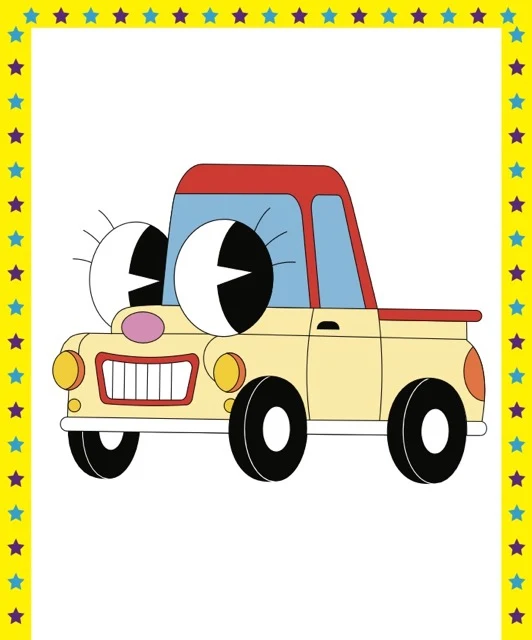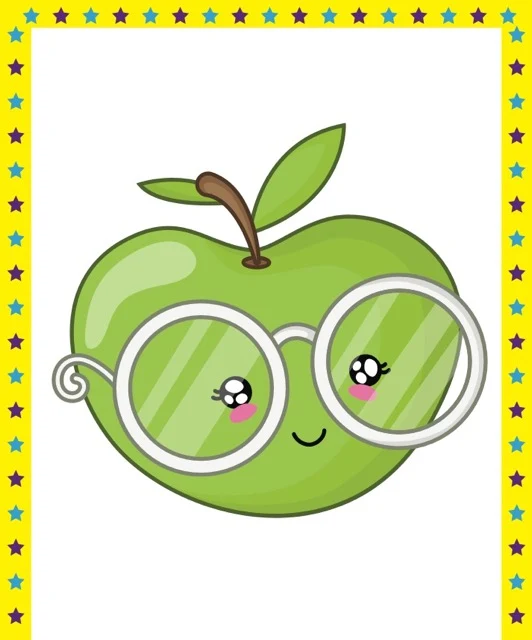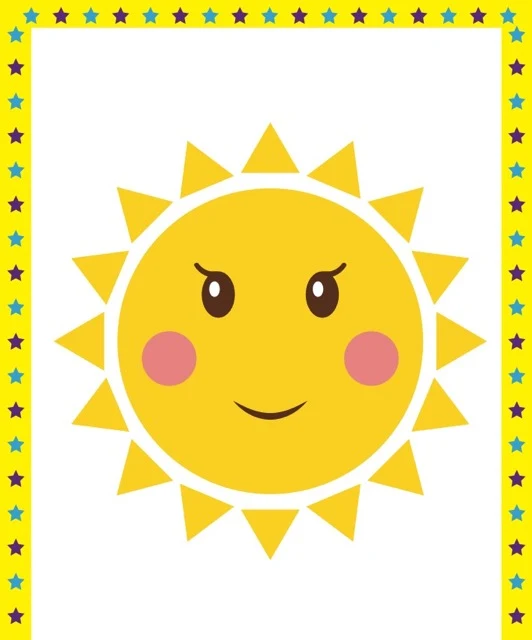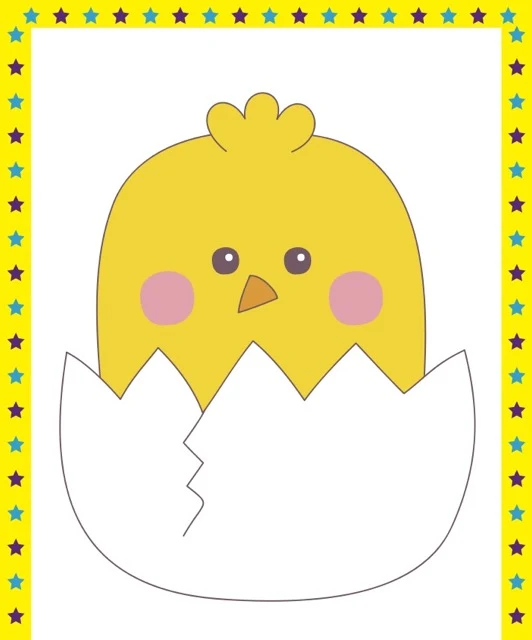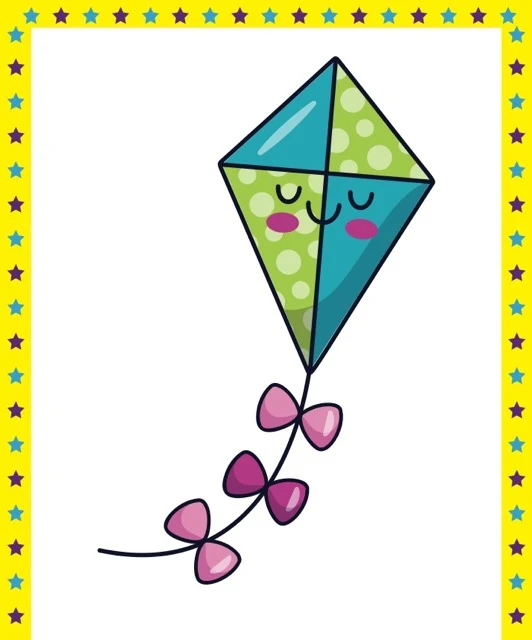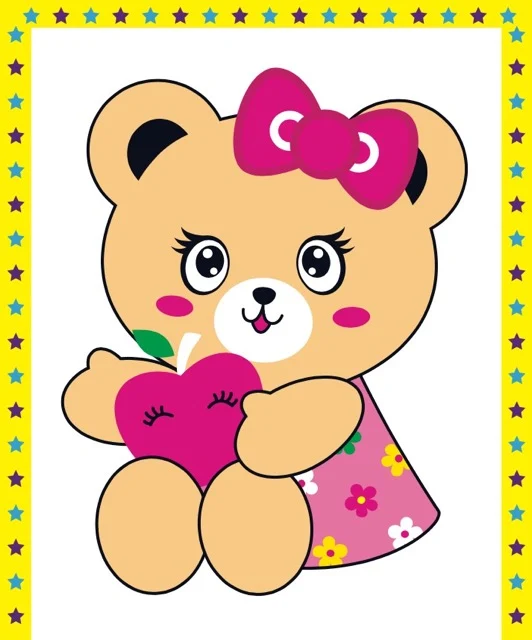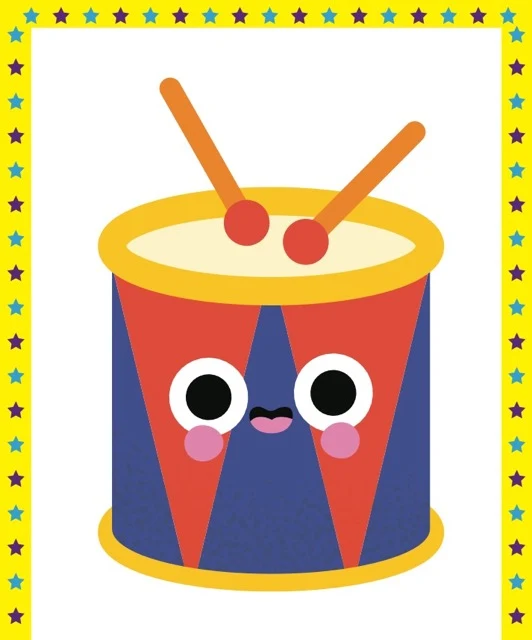Classroom Cartoon Images: An Assessment
This briefing document assesses cartoon images intended for classroom decoration, drawing on two textual descriptions and a visual PDF. The analysis focuses on the images' purpose (creating a stimulating learning environment for young children), visual style (bright, colorful cartoons with anthropomorphism), subject matter (diverse themes like animals and food), and potential benefits (enhanced visual appeal and learning support). The document also notes important considerations, such as the potential for distraction and the need for cultural sensitivity in image selection. Ultimately, the images are presented as valuable educational resources when used thoughtfully.
Cartoon Classroom Decorations: A Briefing Document
Briefing Document: Cartoon Classroom Decorations
Source Materials:
●
"Cartoon Classroom Decor: A Study Guide"
●
"Classroom Cartoon Decorations"
●
"Testing Theme: Classroom Decorations.pdf" (Visual Source)
Overview:
This briefing document analyzes a collection of cartoon images seemingly designed for classroom decoration. The analysis draws from two textual sources describing the images and their potential uses, along with the visual source itself, "Testing Theme: Classroom Decorations.pdf".
Main Themes & Key Ideas:
1.
Purpose and Target Audience: The primary purpose of these images is to create a visually engaging and stimulating learning environment for young children.
○
"The primary purpose of the images is to serve as decorations for a classroom, aiming to create a visually stimulating and engaging environment for young children." - Cartoon Classroom Decor: A Study Guide
2.
Visual Style: The images employ a bright, colorful cartoon style with simplified shapes and exaggerated features, making them appealing to a young audience. Anthropomorphism is a dominant feature, with inanimate objects and animals given human-like characteristics.
○
"Examples of anthropomorphism include the smiling sun wearing sunglasses, the dancing cupcake with arms and legs, and the car playing a guitar." - Cartoon Classroom Decor: A Study Guide
3.
Subject Matter & Themes: The images cover a wide range of subjects and themes, including animals, food, vehicles, everyday objects, nature, and fantasy. This variety allows for versatile use in different learning areas and activities.
○
"Themes represented include food, animals, vehicles, everyday objects, nature, and fantasy." - Cartoon Classroom Decor: A Study Guide
4.
Potential Benefits: The sources highlight several potential benefits of using these images in a classroom setting:
○
Enhanced Visual Appeal: Creating a more welcoming, stimulating, and joyful atmosphere.
○
Support for Learning: Aiding in object identification, sparking discussions, and encouraging storytelling and creative writing.
○
Positive Emotional Atmosphere: Fostering a sense of fun, joy, and engagement.
○
Spark Creativity and Imagination: Encouraging role-playing and artistic expression.
5.
Classroom Applications: The images can be used in a variety of ways, including:
○
Bulletin board displays
○
Wall decorations
○
Labels for desks and cubbies
○
Games and activities like matching games and storytelling prompts
Important Considerations:
●
Distraction Potential: While visually stimulating, careful consideration should be given to placement and quantity to avoid overwhelming students and hindering concentration.
●
Cultural Sensitivity: Different cultural backgrounds may interpret cartoon imagery differently. Teachers should ensure the chosen images are inclusive and respectful.
Conclusion:
These cartoon images offer a fun and engaging way to enhance the visual appeal of a classroom and create a positive learning environment for young children. Their versatility allows for integration into various learning areas and activities, making them valuable educational resources. However, careful consideration should be given to potential distractions and cultural sensitivities to ensure effective and appropriate use.
Classroom Cartoon Decorations
What is this document?
This document appears to be a collection of cute, cartoon images, each in their own frame. There are numerous pages filled with these cartoon images.
What is the purpose of this collection of images?
It's difficult to say for certain without further context. However, given the title "Testing Theme: Classroom Decorations" it's likely these images are intended as decorations for a classroom.
Who is the intended audience for these images?
Based on the style of the images and the presumed purpose as classroom decorations, the intended audience is probably young children.
What subjects or themes are represented in these images?
The images depict a wide variety of objects and characters, including:
●
Animals (bear, rabbit, ladybug, etc.)
●
Food (cupcake, donuts, pizza, etc.)
●
Vehicles (car, school bus, airplane, etc.)
●
Objects (lamp, backpack, mirror, etc.)
●
Nature (sun, tree, rainbow, etc.)
●
Fantasy (unicorn, ghost, etc.)
Are there any recurring elements or patterns in the images?
Most of the images feature anthropomorphic designs, meaning inanimate objects are given human-like characteristics, such as faces and expressions.
How might these images be used in a classroom setting?
These images could be used in various ways to decorate a classroom:
●
Bulletin boards: Create themed displays or use them as borders.
●
Wall decorations: Print and laminate them to create a colorful and engaging atmosphere.
●
Labels: Assign each student an image as their desk label or cubby marker.
●
Games and activities: Use them for matching games, storytelling prompts, or other educational activities.
What benefits could these images provide for children in a classroom?
The cute and colorful images could:
●
Enhance the visual appeal of the classroom: Create a more stimulating and welcoming environment.
●
Spark creativity and imagination: Encourage storytelling, role-playing, and artistic expression.
●
Support learning: Help children identify and learn about different objects and themes.
●
Promote a positive emotional atmosphere: Create a sense of fun and joy in the classroom.
Where can I find more information about using these images or similar resources?
Unfortunately, the provided source doesn't offer specific details about its origin or how to acquire the images. You might need to search online for "cute classroom decorations," "anthropomorphic clipart," or similar keywords to find comparable resources.
Cartoon Classroom Decor: A Study Guide
Cartoon Classroom Decor: A Study Guide
Short-Answer Quiz
Instructions: Answer the following questions in 2-3 sentences each.
1.
What is the primary purpose of the images provided in "Testing Theme: Classroom Decorations.pdf"?
2.
Describe the dominant artistic style used in these images.
3.
List three specific examples of anthropomorphism found in the images.
4.
How might these images be used to enhance a classroom's visual appeal?
5.
Suggest two ways these images could be used to support children's learning.
6.
Explain how these images could promote a positive emotional atmosphere in a classroom.
7.
Beyond classroom decoration, what other educational activities could these images facilitate?
8.
Identify three distinct themes or categories represented by the images.
9.
If you were a teacher, where might you display these images in your classroom?
10.
Where could you find similar images if you wanted to expand your collection?
Answer Key
1.
The primary purpose of the images is to serve as decorations for a classroom, aiming to create a visually stimulating and engaging environment for young children.
2.
The images employ a cartoon style characterized by bright colors, simple shapes, and exaggerated features, making them appealing to a young audience.
3.
Examples of anthropomorphism include the smiling sun wearing sunglasses, the dancing cupcake with arms and legs, and the car playing a guitar.
4.
These images can enhance visual appeal by adding color and playful imagery to walls, bulletin boards, and learning centers, creating a more welcoming and stimulating atmosphere.
5.
The images can support learning by aiding in object identification, sparking discussions about different themes, and encouraging storytelling and creative writing activities.
6.
By depicting cute and cheerful characters, these images contribute to a positive emotional atmosphere, fostering a sense of fun, joy, and engagement in the learning environment.
7.
Beyond decoration, the images can facilitate matching games, memory activities, sorting exercises, and serve as prompts for creative writing or dramatic play.
8.
Themes represented include food, animals, vehicles, everyday objects, nature, and fantasy.
9.
Possible display locations include bulletin boards, walls, student desks, cubbies, reading corners, and above whiteboards or chalkboards.
10.
Similar images can be found online using keywords like "cute classroom decorations," "anthropomorphic clipart," or by browsing educational resource websites.
Essay Questions
1.
Analyze the potential benefits and drawbacks of using highly visually stimulating decorations in a classroom environment. Consider factors such as student age, learning styles, and potential distractions.
2.
Discuss how the use of anthropomorphic imagery in educational materials can impact children's understanding of the world around them. Provide specific examples to support your arguments.
3.
Evaluate the role of visual aesthetics in creating a positive and effective learning environment. Beyond cartoon imagery, what other elements contribute to a visually appealing classroom?
4.
Design a specific classroom activity or lesson plan that utilizes the provided cartoon images to achieve a defined learning objective. Specify the target age group, learning goals, and step-by-step instructions.
5.
Explore the cultural implications of using cartoon imagery in educational settings. Consider how different cultural backgrounds might perceive and interpret these types of images.
Glossary of Key Terms
●
Anthropomorphism: The attribution of human characteristics, emotions, and behaviors to inanimate objects or animals.
●
Cartoon Style: A visual style characterized by simplified forms, exaggerated features, and bold colors, often used in animation and children's media.
●
Visual Appeal: The aesthetic qualities of an environment or object that make it attractive or pleasing to the eye.
●
Learning Environment: The physical and emotional space in which learning takes place, encompassing factors such as classroom decor, teacher-student interactions, and overall atmosphere.
●
Educational Resources: Materials and tools used to support teaching and learning, including textbooks, manipulatives, technology, and visual aids.

